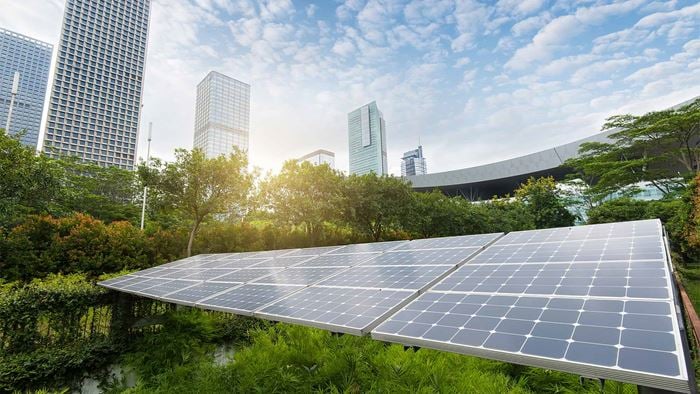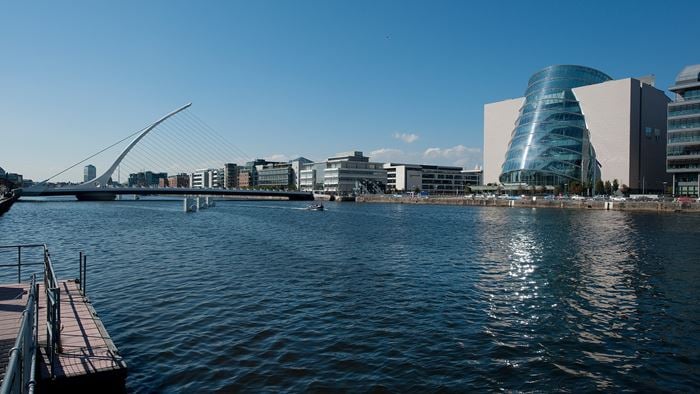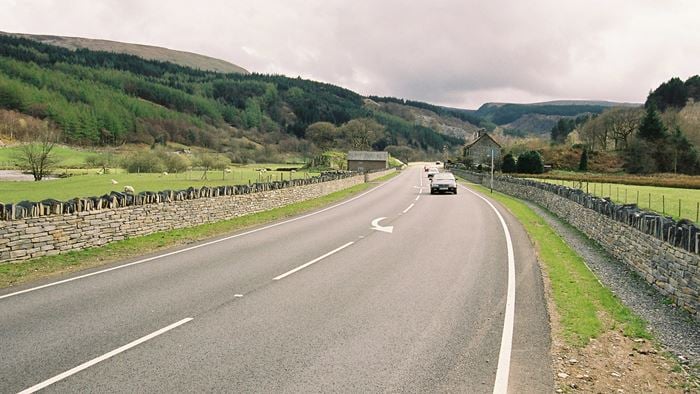Maritime operations account for significant global carbon emissions, and the transportation sector in California accounts for 39% of the state’s emissions. Recognizing the need to address emissions in this sector, the California Air Resources Board (CARB) has developed stringent regulations to address emissions from vessels through the Commercial Harbor Craft regulation. This policy focuses on greenhouse gas (GHG) emission reduction, as well as nitrous oxides, sulfur oxides, and particulate matter. The regulations accelerate California’s ambitious climate goals and enforces its leadership in sustainability.
As a result of these efforts, various stakeholders are now coming together to oversee the transition from policy to implementation. San Francisco Bay Ferry, the largest public ferry operator in California, which also has a mandate to provide emergency water transit, has been a longtime leader in sustainable practices, currently operating some of the cleanest ferries in the country. However, all 17 of its vessels still consume diesel fuel. After winning grant funding through the California Energy Commission (CEC), the agency partnered with Arup and Aurora Marine Design (AMD) to develop its Zero Emission Vessel Feasibility Blueprint.
The Blueprint will help SF Bay Ferry manage the transition of its fleet and berthing facilities. In addition to co-authoring the blueprint, Arup also contributed pre-engineering services, engaging local utilities and conducting preliminary design work to assess the various requirements and constraints at each terminal.
Project Summary
17 high-speed ferries
4phases of implementation
39%of California's emissions are from transportation
Identifying and mapping out needs
Working with operational profiles for the vessels developed by AMD, Arup analyzed SF Bay Ferry’s shoreside infrastructure requirements to ensure adequate power would be available at the respective terminals and determine a timeline for completing electrical infrastructure upgrades. Given the different permitting requirements and authorities over the varying jurisdictions, the feasibility of and solutions for each arrangement needed to be specifically tailored.
The team focused heavily on the Downtown San Francisco Ferry Terminal, a hub that serves approximately 95% of the system’s passengers. The Blueprint contains insight and guidance on how to adequately meet the power needs of each terminal through the deployment of battery energy storage system, preliminary costs, and vessel operations.
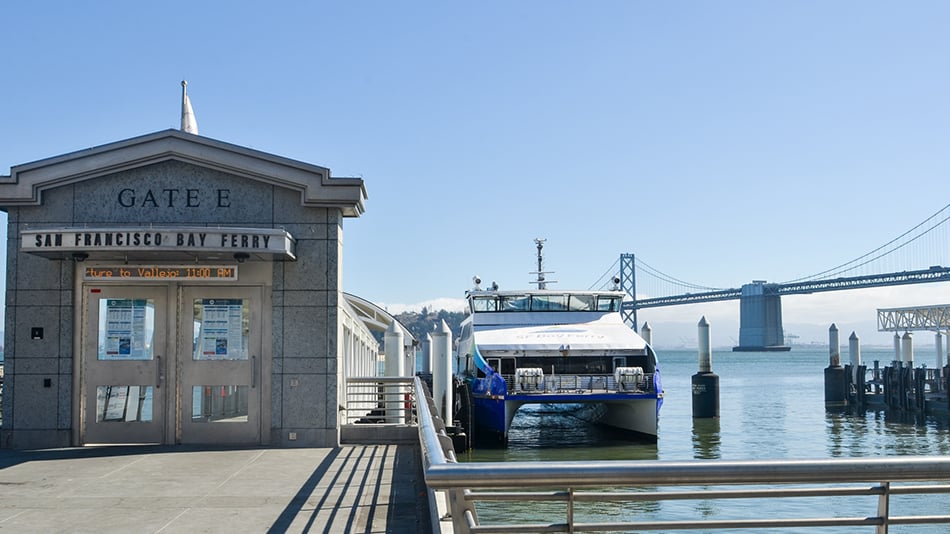
Outlining and overcoming the challenges
As the state of California and San Francisco as a whole are pursuing electrification transitions, SF Bay Ferry’s efforts and subsequent solutions need to be carefully thought out in how they not only address specific needs but also fit into the broader context of electrification. Much of San Francisco is working on electrifying fleet vehicles as well as buildings, creating significant energy demand that will be added to the grid and leave a lot of existing infrastructure constrained. Arup’s analysis found that the Downtown Terminal could see a peak demand of 17MW in a worst-case scenario, which would simply not be feasible given capacity limits.
The project team modeled out several solutions and proposals, taking on a phased approach and paying careful attention to the specific policy and technical requirements. From placing additional 4MW batteries into the floats at the terminal to building a 10MW feeder from a new substation to the terminal, the analysis outlined potential paths forward for the agency. Looking at the long term, the team prioritized the ease and feasibility of transitioning while also considering the ferry system’s future operational goals and changes. As additional routes of various lengths are added to the agency’s operations, the Blueprint provides guidance on how to meet the ambitious electrification targets over the next several years.
“The Arup team was integral in helping us assess the short- and long-term needs around shoreside infrastructure for our Rapid Electric Emission-Free Ferry Program and put a solid plan together. This blueprint is guiding our planning and design work as we embark on commissioning the nation’s first high-speed, high-capacity electric passenger ferries. ” Chad Mason Senior Transportation Planner and Project Manager at SF Bay Ferry
Engaging stakeholders
Given SF Bay Ferry’s wide reach, collaborating and communicating clearly with various stakeholders to meet common interests and balance competing priorities is critical. The team identified and engaged the relevant stakeholders such as the Port of San Francisco and the San Francisco Public Utilities Commission as early as possible, continuing to meet on a regular basis to discuss timeline, requirements, and available options.
The electrification effort will extend beyond 2035, and as such, ensuring that the evolving needs and operations of the entire Bay Area can be met is a delicate balancing effort, but one that the team has worked diligently to pursue, guaranteeing that the agency’s pursuit of its sustainability goals will seamlessly serve all.
“Ferry electrification certainly has its challenges, but the need for it is already here. We’re really proud of the solutions our team has devised alongside SF Bay Ferry, and we hope our work can serve as a blueprint not only for them, but maritime decarbonization efforts worldwide. ”
Cole Roberts Principal
As global interest in maritime decarbonization continues to grow, the focus on ferries is a critical part of transit systems all over the world. The Zero Emission Vessel Feasibility Blueprint serves as a map as they embark on this journey, with significant original thought and analysis. We are proud to continue to partner with SF Bay Ferry and support them and the state of California as leaders in climate action in the budding industry of ferry electrification.
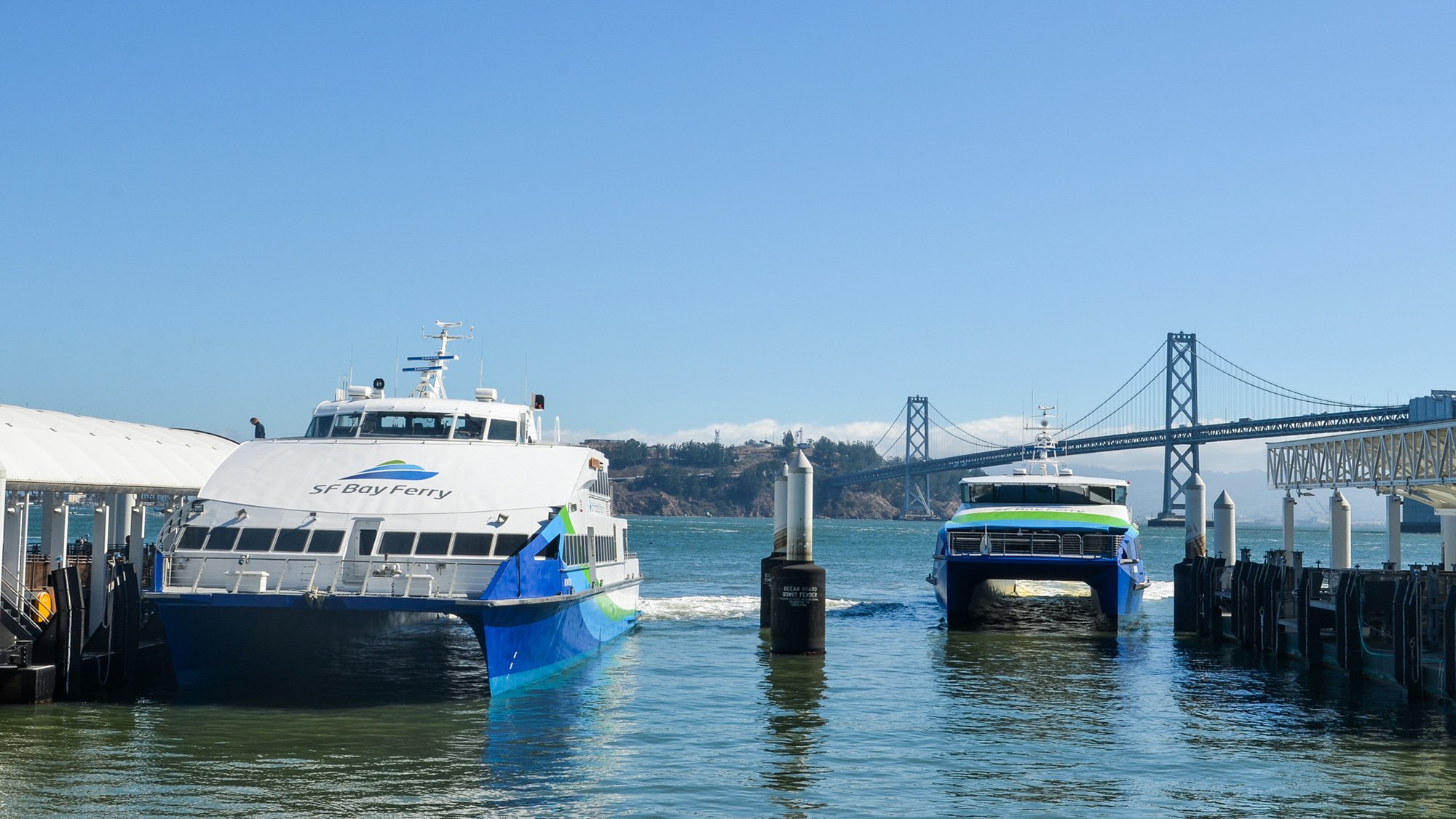 ;
;


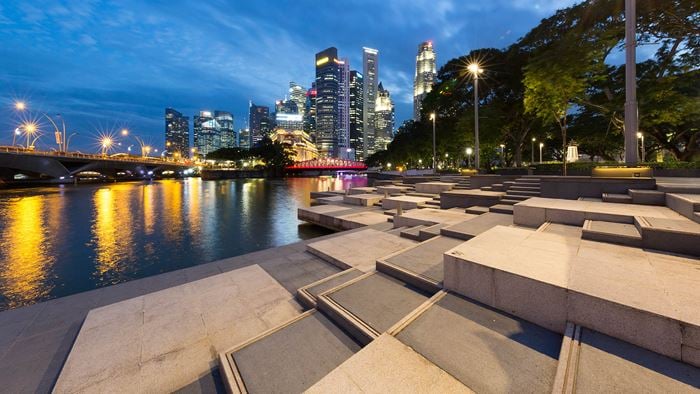
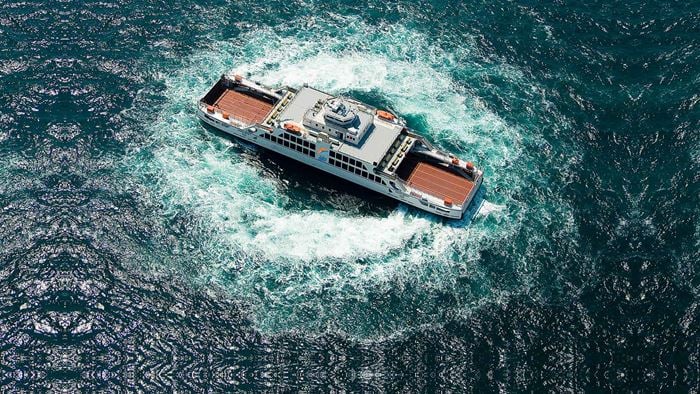
.jpg?h=394&mw=700&w=700&hash=07BA24C0063CED6DD944897D6E3FDBF9)
